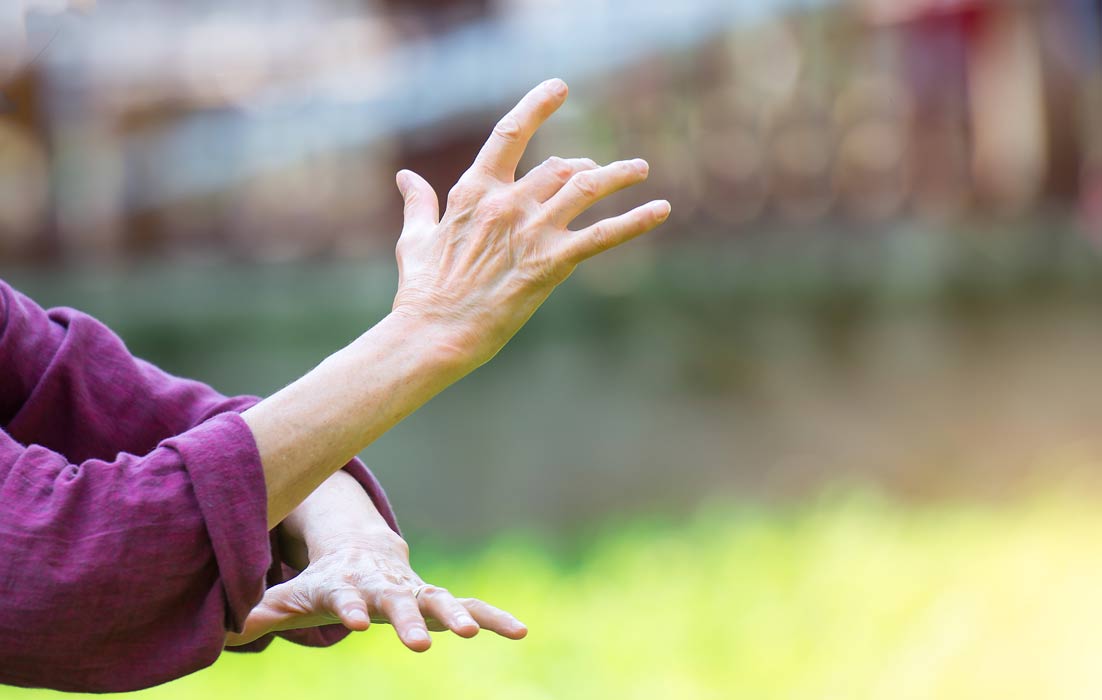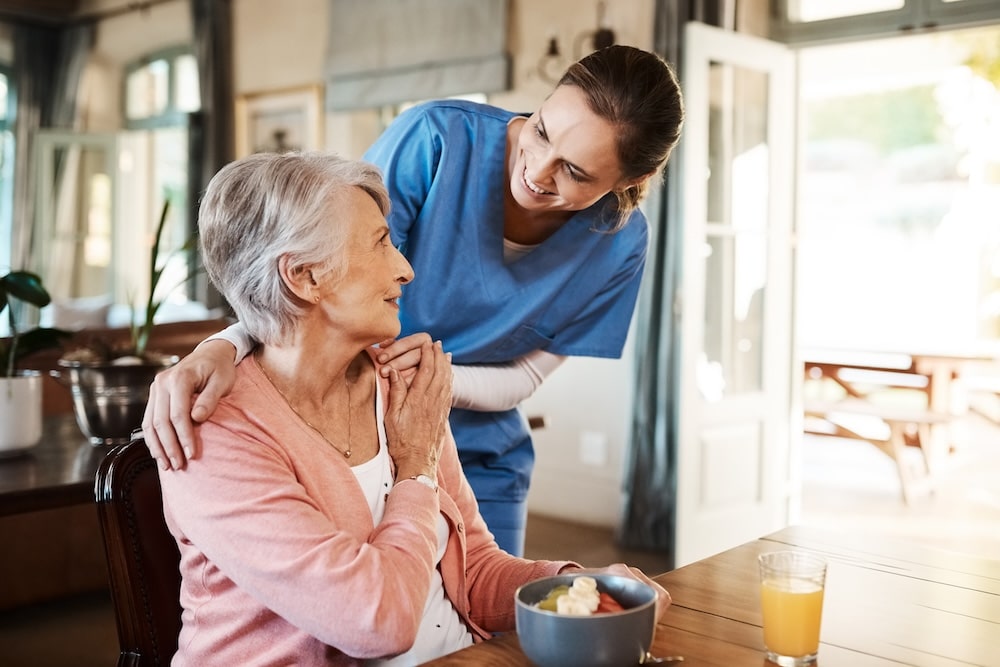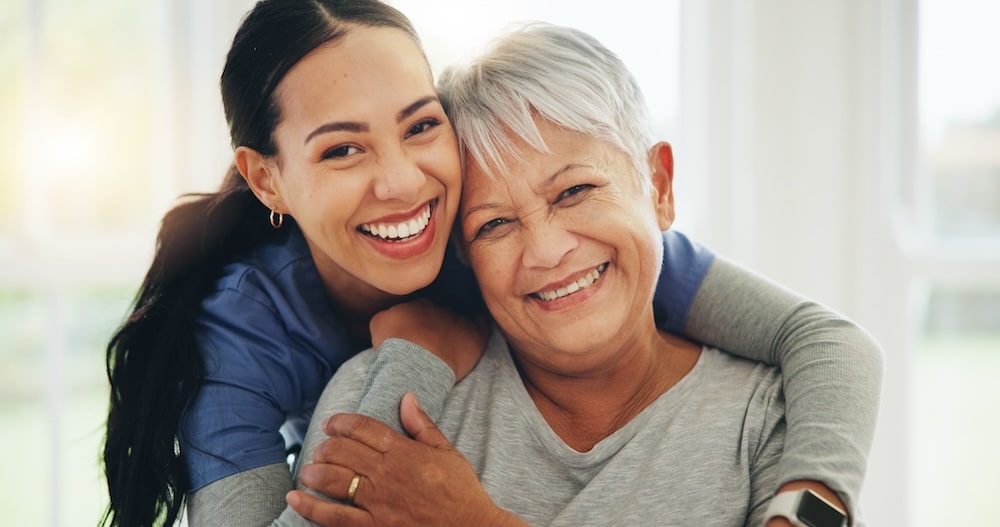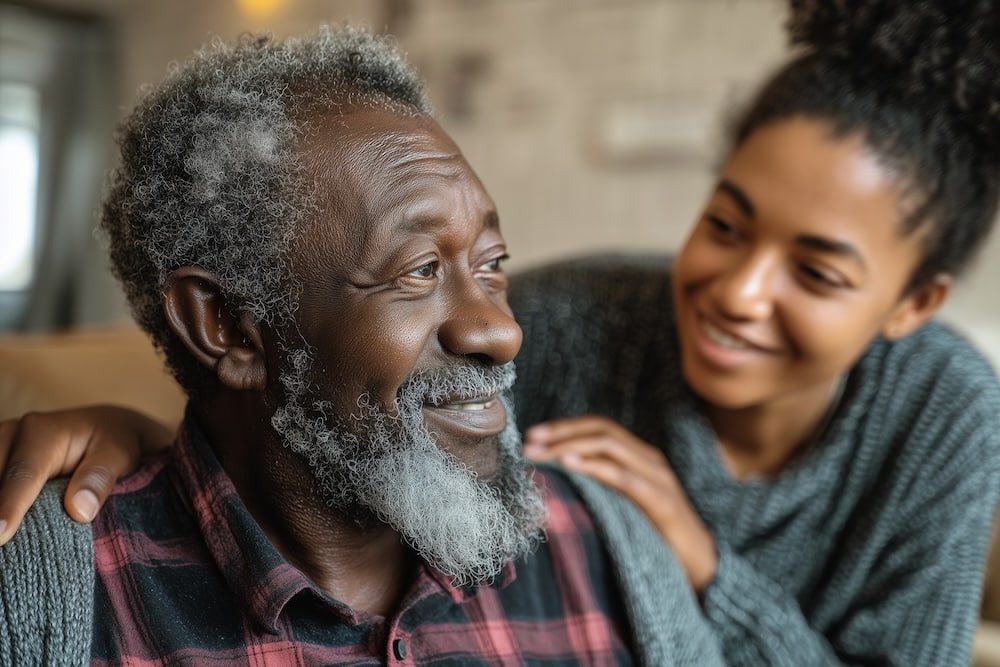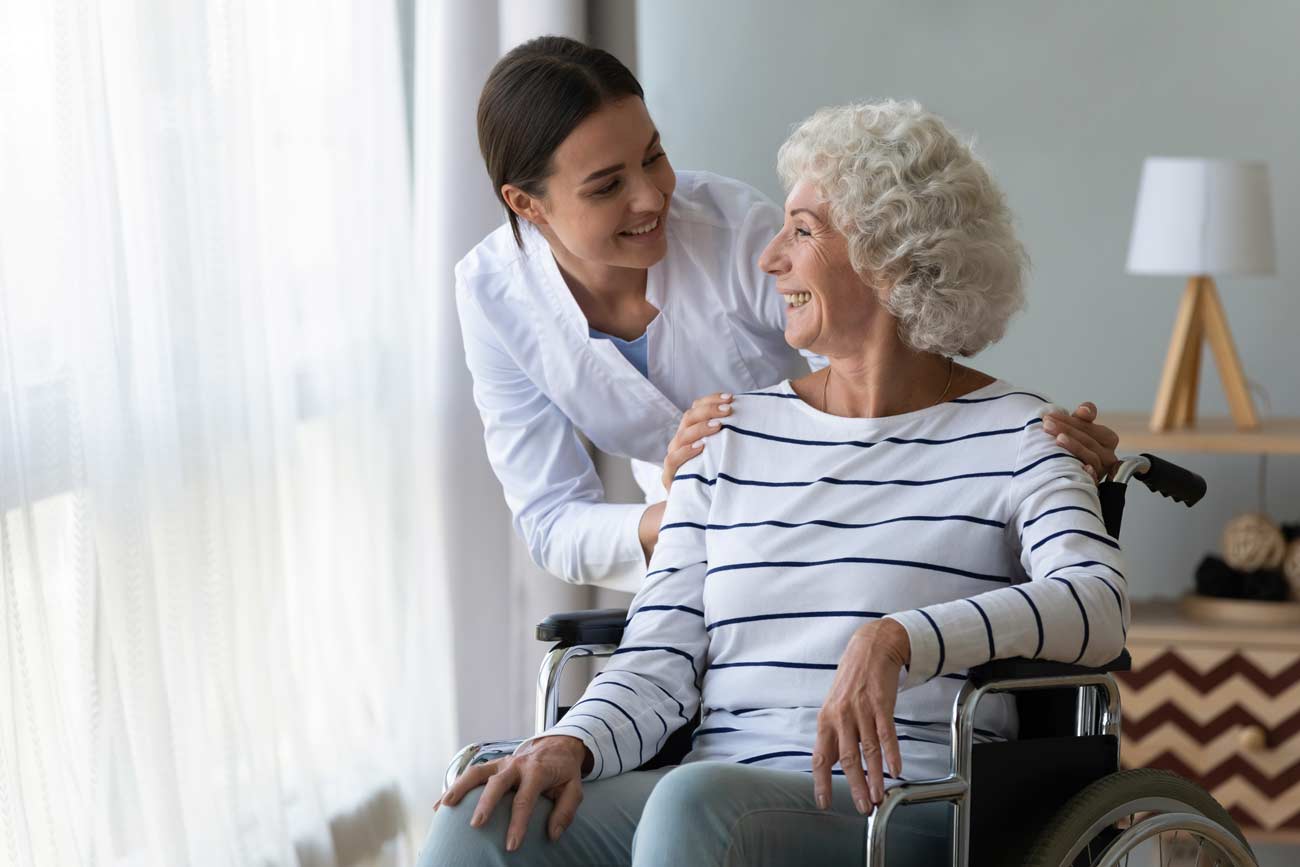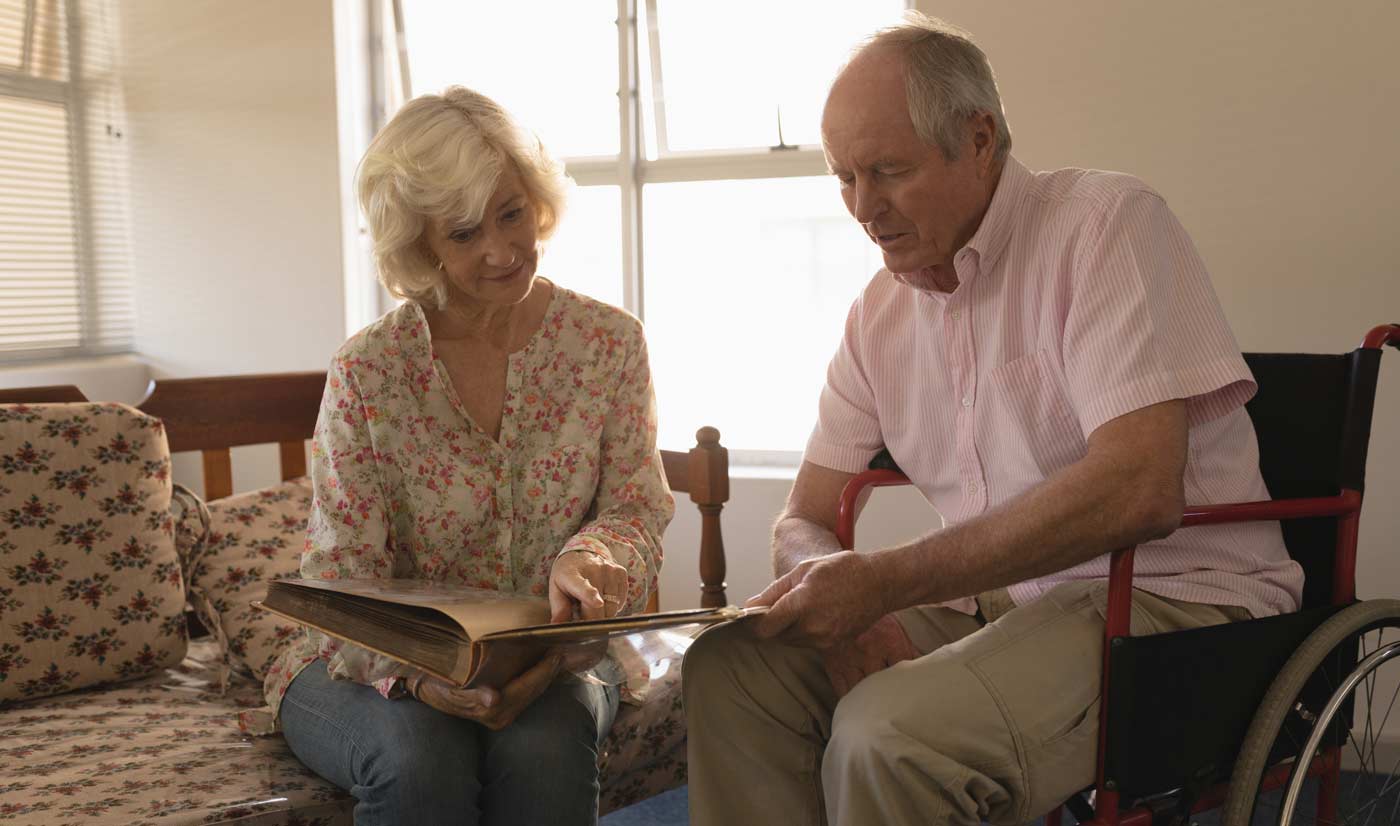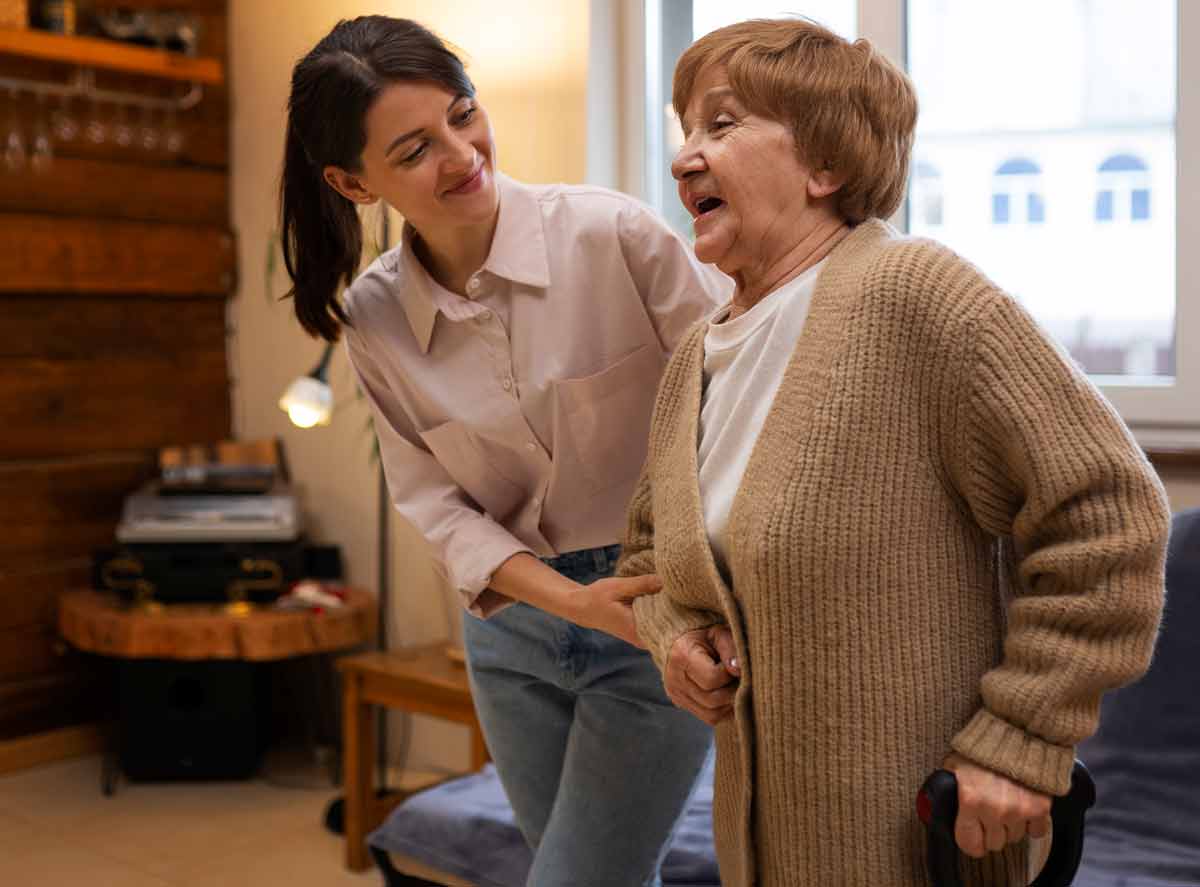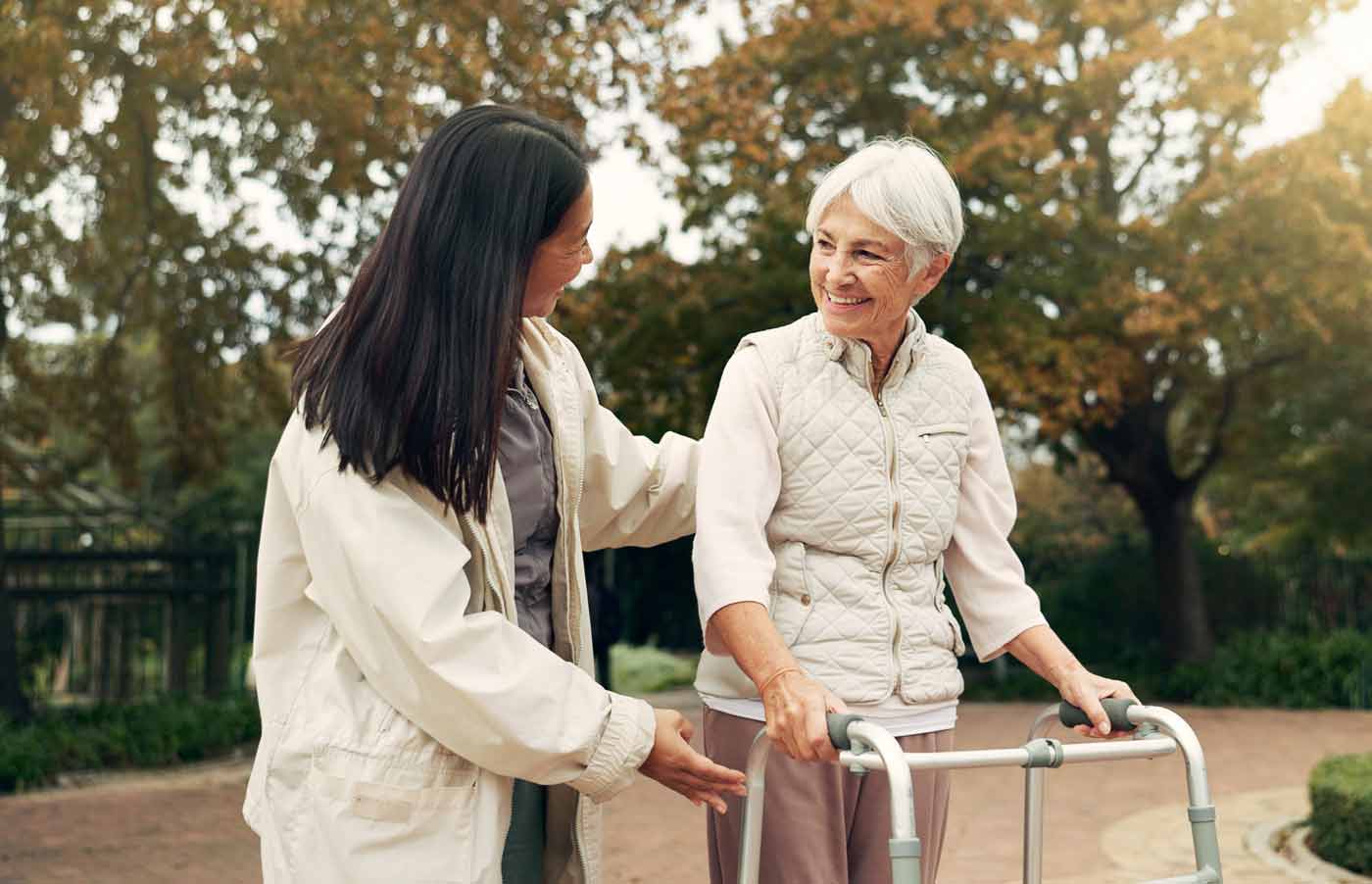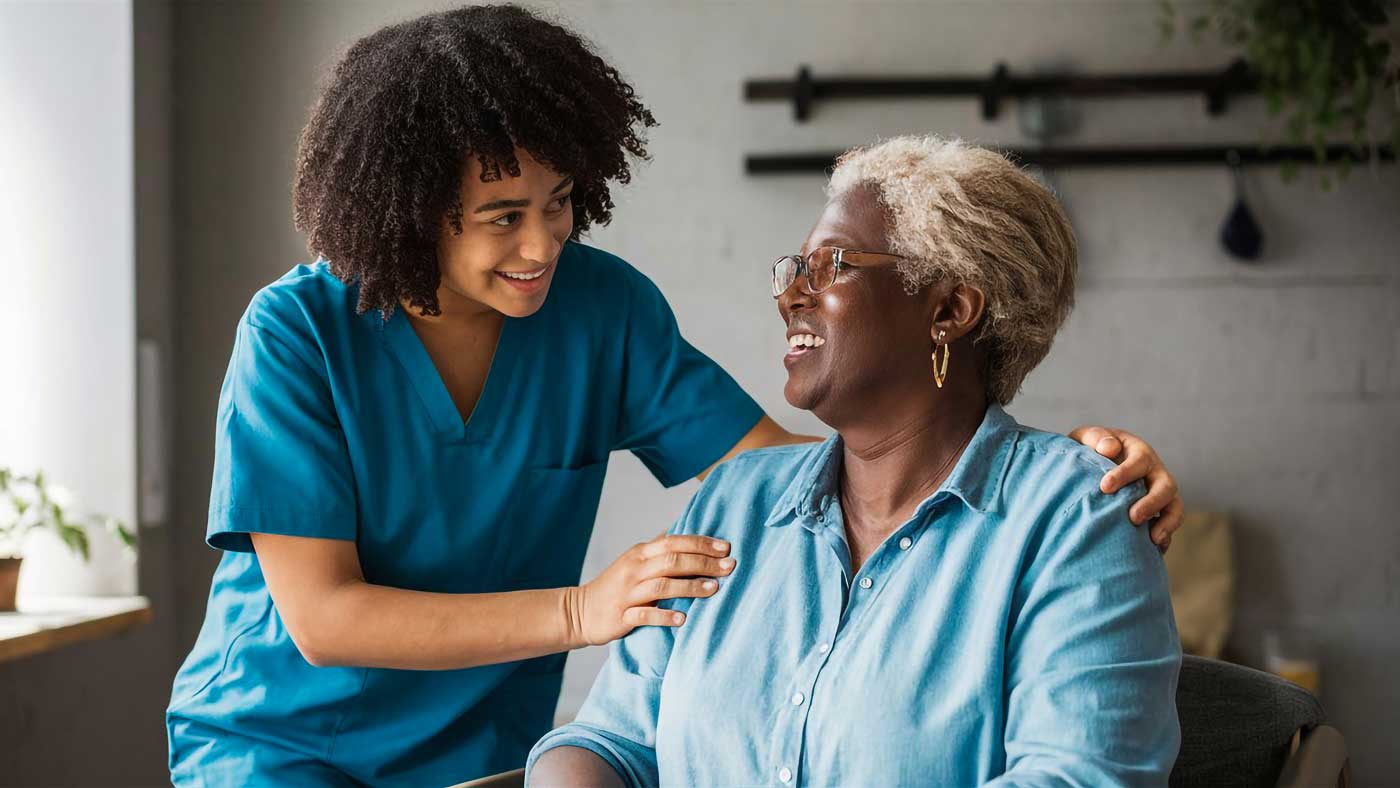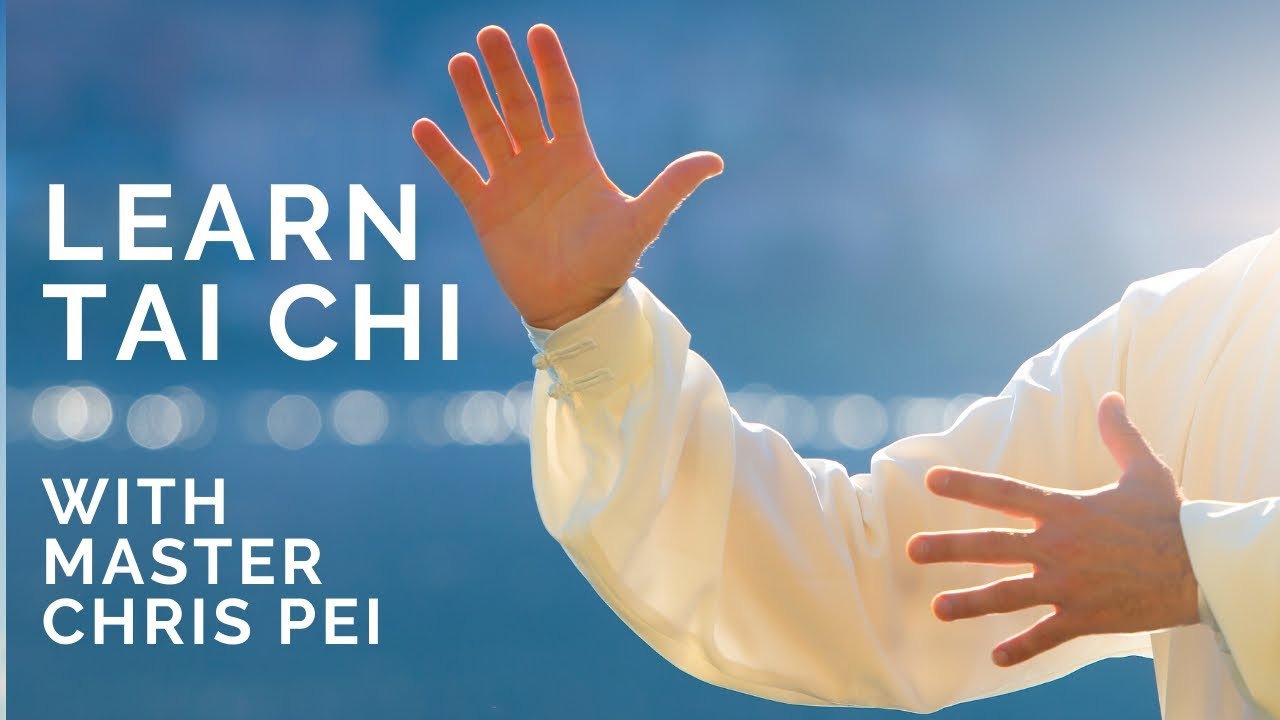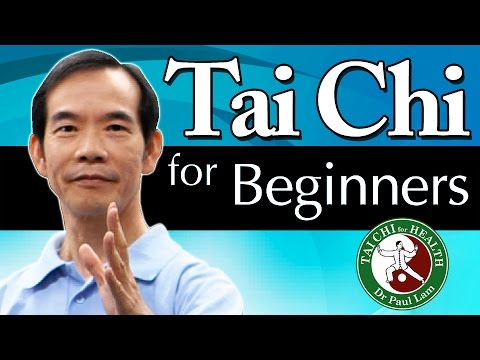The Best Tai Chi Guide for Seniors
Tai Chi is a very gentle martial art that has been used for centuries as both a form of self-defense and as a method for healing or simply maintaining good health.
There are different styles of Tai Chi that are appropriate in different situations, but all of them have certain things in common. Tai Chi is a method that cultivates the flow of energy or chi throughout the body.
Chi (sometimes spelled qi) is an Eastern concept that’s defined as an animating principle similar to prana in the Yoga tradition. When chi is circulating with enough vigor to all parts of the body, a person is healthy. When chi stagnates or gets blocked in certain areas of the body, disease develops.
The concept of chi is one that isn’t very familiar to a lot of Westerners, but Easterners regard chi as a natural part of their earthly existence. Many different aspects of Eastern culture take the idea of chi and the flow of energy into consideration.
In Feng Shui, for example, the universal energy of chi is considered before building houses. The positioning of doors and windows may be altered to work better with land features, geographical landmarks, and other aspects of the construction in cultures that understand chi and the movement of energy.
Acupuncture is a type of alternative medicine that functions according to the same principles as Tai Chi. Both acupuncture and Tai Chi can be used to encourage the flow of chi throughout the body. These systems are both remarkably gentle and they enhance the human body’s ability to heal itself and maintain health with pharmaceuticals or surgery.
Though many Westerners may not fully understand chi or even ascribe to its value in the practice of Tai Chi as a form of exercise, chi and Eastern culture go hand in hand. The idea of manipulating energy in the body and the surrounding environment is nothing strange or new to citizens of Asian countries.
Tai Chi practitioners do not break a sweat when they practice this exercise. Indeed, to break a sweat in Tai Chi means that you are pushing your body too hard.
Chi is lost when people sweat and the goal of this martial art is to gently encourage energy to flow throughout the body without expending it needlessly by straining, breathing hard, or sweating. So this martial art isn’t strenuous at all, and it can be practiced by people of any age and in almost any health condition as long as the practitioner can move at least part of their body.
It requires very little space to perform Tai Chi. Some styles require only as much space “as would be required for a cow to lay down” on the floor. There are no special tools or mats required for the practice, so many Tai Chi groups are able to meet informally in outdoor settings like parks.
Below, we answer some of the most common questions that you might have about the practice of Tai Chi for seniors:

